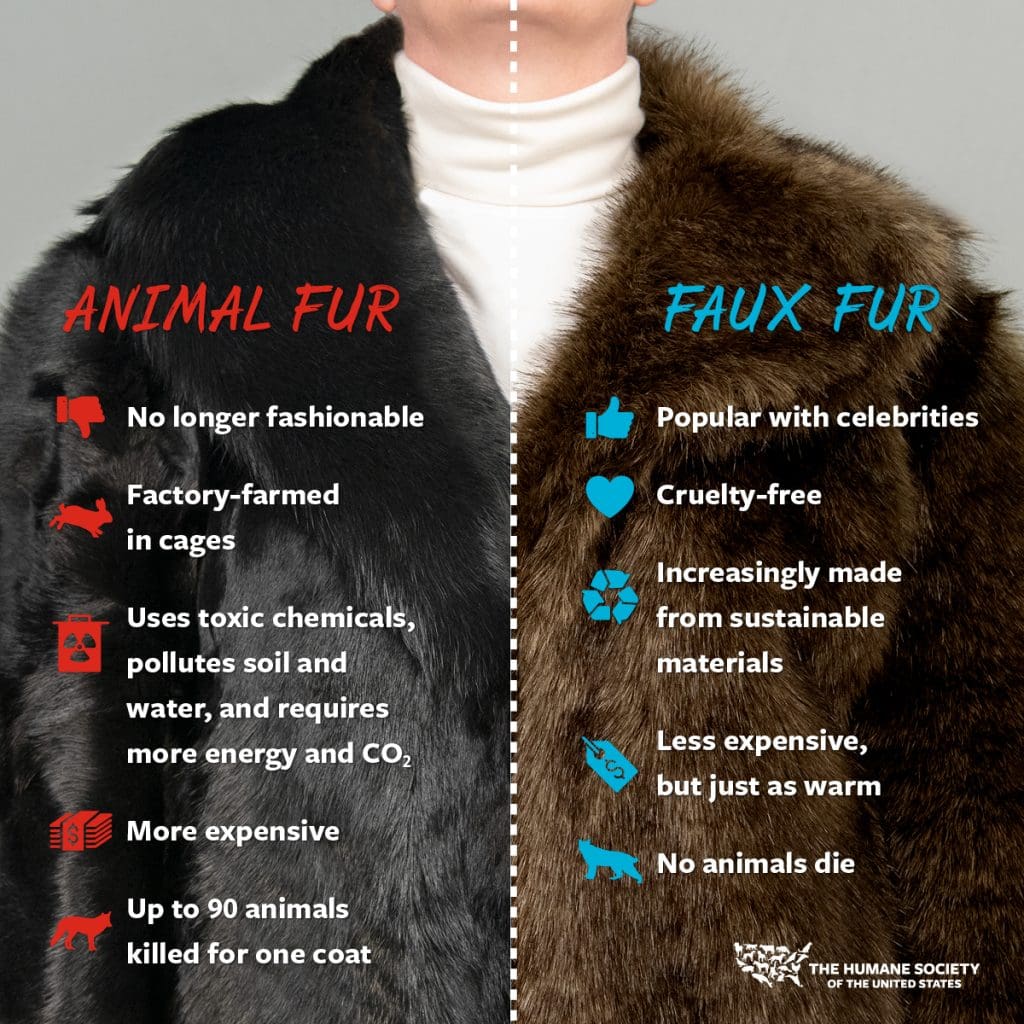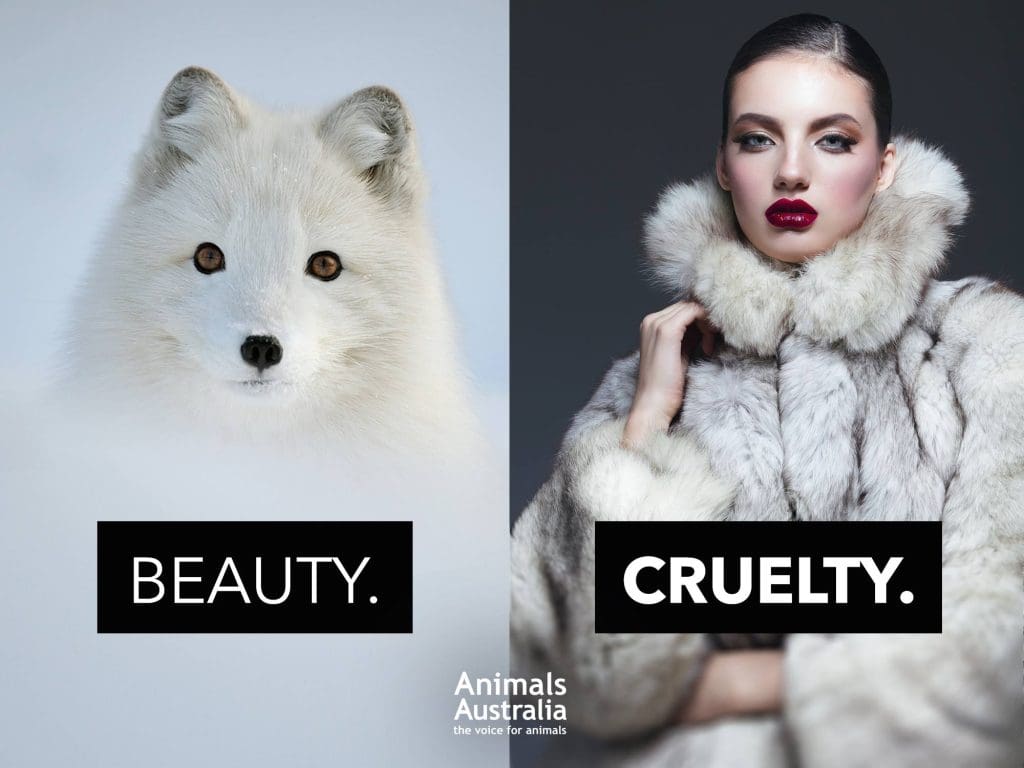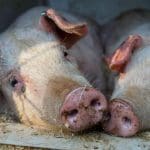Fur farming remains one of the most contentious practices in modern agriculture, exposing millions of mink, foxes, and other animals to lives of unimaginable cruelty and deprivation. Confined to cramped wire cages with no opportunity to express natural behaviors, these intelligent creatures endure physical suffering, psychological distress, and reproductive exploitation—all for the sake of luxury fashion. As global awareness grows about the ethical and environmental consequences of fur production, this article sheds light on the grim realities faced by farmed animals while urging a collective shift toward compassion-driven alternatives
The practice of farming mink and foxes for their fur has long been a controversial topic, sparking debates regarding animal welfare, ethics, and environmental sustainability. While proponents argue for economic benefits and luxury fashion, opponents highlight the inherent cruelty and suffering inflicted upon these animals. This essay delves into the grim realities faced by farmed mink and foxes, emphasizing the ethical concerns and moral implications of exploiting these creatures for human gain.
Life in Captivity
Life in captivity for farmed mink and foxes is a stark departure from the freedom and autonomy they would experience in their natural habitats. Instead of roaming vast territories, hunting for prey, and engaging in social interactions, these animals are confined to small wire cages for the entirety of their lives. This confinement strips them of their most basic instincts and behaviors, subjecting them to a life of monotony, stress, and suffering.
The cages in which mink and foxes are kept are typically barren and devoid of any enrichment. With limited space to move around, they are unable to engage in activities essential for their physical and mental well-being. For mink, known for their semi-aquatic nature, the absence of water for swimming and diving is particularly distressing. Similarly, foxes, renowned for their agility and cunning, are deprived of opportunities to explore and exhibit natural behaviors such as digging and scent marking.
Overcrowding exacerbates the already dire conditions on fur farms, as multiple animals are crammed into small cages, often with little regard for their comfort or safety. This overcrowding can lead to heightened aggression, injuries, and even cannibalism among the captive animals. Additionally, the constant exposure to feces and urine in such close quarters creates unsanitary conditions, increasing the risk of disease and infection.
Reproductive exploitation further compounds the suffering of farmed mink and foxes. Female animals are subjected to continuous breeding cycles, forced to bear litter after litter to maximize fur production. This relentless reproductive demand takes a toll on their bodies, leading to physical exhaustion and increased susceptibility to health problems. Meanwhile, the offspring born into captivity inherit a life of confinement and exploitation, perpetuating the cycle of suffering for generations to come.
The psychological toll of captivity is perhaps one of the most overlooked aspects of fur farming. Mink and foxes are intelligent, sentient beings capable of experiencing a range of emotions, including boredom, frustration, and despair. Deprived of stimulation and social interaction, these animals languish in a state of profound distress, their natural instincts suppressed by the confines of their cages.
Life in captivity for farmed mink and foxes is a cruel and unnatural existence, characterized by confinement, deprivation, and suffering. The inherent cruelty of fur farming, with its disregard for the welfare of sentient beings, underscores the urgent need for ethical reform and greater compassion towards animals. As stewards of this planet, it is our responsibility to advocate for the rights and well-being of all creatures, ensuring that they are treated with the dignity and respect they deserve. Only through a concerted effort to end the exploitation of animals for profit can we truly create a more just and compassionate world.
How many animals are killed globally on fur farms?
The fashion industry’s reliance on real fur has long been a source of controversy, with millions of animals bred and killed each year to satisfy the demand for fur products. However, recent years have witnessed a significant shift in attitudes and practices, as consumers, retailers, designers, and policymakers increasingly turn their backs on real fur in favor of more ethical and sustainable alternatives.
The statistics paint a telling picture of this transformation. In 2014, the global fur industry saw staggering numbers, with Europe leading the production at 43.6 million, followed by China with 87 million, North America with 7.2 million, and Russia with 1.7 million. By 2018, there was a notable decline in fur production across regions, with Europe at 38.3 million, China at 50.4 million, North America at 4.9 million, and Russia at 1.9 million. Fast forward to 2021, and the decline becomes even more pronounced, with Europe producing 12 million, China 27 million, North America 2.3 million, and Russia 600,000.
This decline in fur production can be attributed to several factors. First and foremost is the changing consumer sentiment towards fur. Increasing awareness about animal welfare issues and the ethical implications of fur farming has led many consumers to shun real fur in favor of cruelty-free alternatives. Retailers and designers have also played a pivotal role in this shift, with many opting to go fur-free in response to consumer demand and evolving industry standards.

Is fur farming cruel?
Yes, fur farming is undeniably cruel. Animals bred for their fur, such as foxes, rabbits, raccoon dogs, and mink, endure lives of unimaginable suffering and deprivation on fur farms. Confined to small, barren wire cages for their entire lives, these creatures are denied the most basic freedoms and opportunities to express their natural behaviors.
The confinement conditions on fur farms are inherently stressful and detrimental to the well-being of the animals. Unable to roam, dig, or explore as they would in the wild, these naturally active and curious animals are forced to endure a life of monotony and confinement. For semi-aquatic species like mink, the absence of water for swimming and diving further compounds their suffering.
Studies have shown that animals kept in such cramped and unnatural conditions often exhibit stereotypical behaviors indicative of mental distress, such as repeated pacing, circling, and self-mutilation. The inability to engage in natural behaviors can lead to profound boredom, frustration, and psychological trauma for these captive animals.
Furthermore, investigations into fur farms, even those labeled as “high welfare,” have revealed shocking instances of cruelty and neglect. Reports from farms in Finland, Romania, China, and other countries have documented deplorable conditions, including overcrowding, inadequate veterinary care, and rampant disease. Animals on these farms suffer from open wounds, deformed limbs, diseased eyes, and other health issues, with some driven to cannibalism or aggressive behavior due to the stress of confinement.
The suffering inflicted upon animals on fur farms is not limited to their physical well-being but also extends to their emotional and psychological health. These sentient beings experience fear, pain, and distress just as acutely as any other creature, yet their suffering is often ignored or dismissed in the pursuit of profit and luxury.
How are animals on fur farms killed?
The methods used to kill animals on fur farms are often brutal and inhumane, with little regard for the suffering and welfare of the animals involved. When their pelts are deemed to be at their prime, typically before they reach one year of age, various methods are employed to end their lives, ranging from gassing and electrocution to beating and neck-breaking.
Gassing is a common method used on fur farms, where animals are placed in gas chambers and exposed to lethal gases such as carbon monoxide. This process is intended to induce unconsciousness and death through asphyxiation, but it can be extremely distressing and painful for the animals.
Electrocution is another frequently used method, particularly for animals like mink. In this process, animals are subjected to electric shocks delivered through electrodes, causing cardiac arrest and death. However, the electric shock can cause immense pain and suffering before the animals ultimately perish.
Beating is a cruel and barbaric method employed on some fur farms, where animals may be bludgeoned with blunt objects or struck repeatedly until they are unconscious or dead. This method can result in extreme pain, trauma, and prolonged suffering for the animals involved.
Neck-breaking is another method used to kill animals on fur farms, where their necks are snapped or broken in an attempt to kill them quickly and efficiently. However, improper or botched killings can result in prolonged suffering and distress for the animals.
The instances of extreme cruelty described in the December 2015 investigation by Humane Society International (HSI) in China are deeply disturbing and highlight the callous disregard for animal welfare in the fur industry. Foxes being beaten to death, rabbits being shackled and then slaughtered, and raccoon dogs being skinned while still conscious are clear examples of the horrors inflicted upon animals on fur farms.
Overall, the killing methods employed on fur farms are not only cruel and inhumane but also unnecessary in a modern society that values compassion and respect for all living beings. These practices underscore the urgent need for ethical reform and the adoption of more humane alternatives in the fashion industry.

Reproductive Exploitation
Farmed mink and foxes are often subjected to reproductive exploitation, with females kept in a continuous cycle of pregnancy and lactation to maximize fur production. This relentless breeding takes a toll on their bodies, resulting in physical exhaustion and heightened vulnerability to health issues. Meanwhile, the offspring born into captivity face the same dismal fate as their parents, destined to spend their lives in confinement until they are ultimately slaughtered for their fur.
What Can I Do To Help?
Shocking reports reveal that not only are animals like foxes, rabbits, and mink subjected to brutal treatment, but even cats and dogs are often skinned alive for their fur. This inhumane practice is not only morally reprehensible but also highlights the urgent need for stronger regulations and enforcement to protect animals from such appalling cruelty.
Furthermore, the mislabeling of fur products allows these atrocities to go unnoticed by unsuspecting consumers in countries all over the world. Fur from cats, dogs, and other animals is often falsely labeled or intentionally misrepresented, making it difficult for consumers to make informed choices about the products they purchase.
It’s imperative to raise awareness about these issues and to advocate for change. By speaking out against the fur trade and supporting fur-free alternatives, we can help prevent further suffering and exploitation of animals. Together, we can work towards a world where all beings are treated with compassion and respect, and where such egregious practices are no longer tolerated.
3.8/5 - (21 votes)



